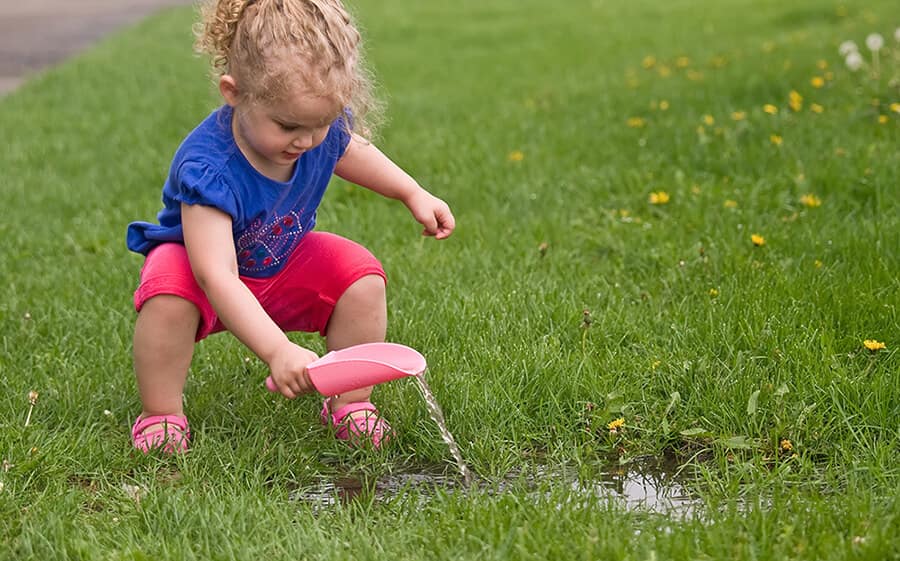Understanding the Six Most Common Water Leak Sources in Your Home
Understanding the Six Most Common Water Leak Sources in Your Home
Blog Article
We've unearthed this great article on How to Find Water Leaks down the page on the internet and think it made good sense to write about it with you on my blog.

Leakages not just create waste of water yet can additionally create unneeded damages to your residence as well as promote unwanted organic growth. Sadly, water leakages might go undetected since most of the pipework in our home is concealed. By understanding and looking for day-to-day circumstances that create leakages, you can safeguard your home from future leaks and unneeded damages. Today, we will look at six leakage triggers that may be creating your pipes to leak.
Instantaneous temperature changes.
Severe temperature changes in our pipelines can cause them to increase as well as get all of a sudden. This growth and also tightening might create fractures in the pipelines, specifically if the temperature are below freezing. It would be best if you watched on how your plumbing works. The existence of the previously pointed out scenarios often indicates a high threat.
Corroded water systems
This could be the cause of discoloration or warping on your water pipelines. If our plumbing system is old, take into consideration changing the pipelines since they are at a higher threat of deterioration than the more recent models.
Defective Pipe Joints
Pipe joints can deteriorate over time, resulting in water leaks. If you have loud pipelines that make ticking or banging sounds, especially when the hot water is turned on, your pipe joints are possibly under a great deal of pressure.
Intruding roots
The majority of water leakages begin outside the house rather than inside it. You could observe wet spots or sinkholes in your lawn, and that may imply that tree origins are getting into water lines causing water to permeate out.
Poor Water Connectors
At times, a leakage can be triggered by loose hoses and also pipes that provide your home appliances. Most of the time, changing is what triggers the loose water Links. You may locate when it comes to a cleaning maker, a hose might spring a leakage due to drinking during the spin cycle. In case of a water links leak, you might notice water running straight from the supply line or pools around your devices.
Clogged Drains
Obstructed drains may be irritating as well as inconveniencing, but they can often end up creating an overflow leading to rupture pipelines. Keep eliminating any kind of materials that might decrease your drains that might obstruct them to avoid such hassles.
All the above are sources of leakages but not all water leaks result from plumbing leakages; some leakages could come from roofing leakages. All leaks must be fixed immediately to prevent water damages.
Leakages not just create waste of water but can additionally create unnecessary damage to your home as well as promote undesirable natural growth. By looking and also recognizing for everyday situations that cause leaks, you can shield your home from future leaks and unnecessary damage. Today, we will look at six leak triggers that might be creating your pipelines to trickle.
At times, a leakage can be created by loosened tubes and pipes that supply your appliances. In situation of a water connections leak, you may discover water running directly from the supply line or pools around your devices.
How To Check For Water Leak In Your Home
How To Check for Leaks
The average household's leaks can account for nearly 10,000 gallons of water wasted every year and ten percent of homes have leaks that waste 90 gallons or more per day. Common types of leaks found in the home are worn toilet flappers, dripping faucets, and other leaking valves. These types of leaks are often easy to fix, requiring only a few tools and hardware that can pay for themselves in water savings. Fixing easily corrected household water leaks can save homeowners about 10 percent on their water bills.
To check for leaks in your home, you first need to determine whether you're wasting water and then identify the source of the leak. Here are some tips for finding leaks:
Take a look at your water usage during a colder month, such as January or February. If a family of four exceeds 12,000 gallons per month, there are serious leaks.
Check your water meter before and after a two-hour period when no water is being used. If the meter changes at all, you probably have a leak.
Identify toilet leaks by placing a drop of food coloring in the toilet tank. If any color shows up in the bowl after 10 minutes, you have a leak. (Be sure to flush immediately after the experiment to avoid staining the tank.)
Examine faucet gaskets and pipe fittings for any water on the outside of the pipe to check for surface leaks.
Undetected water leaks can happen without the home or business owner even realizing. If you suspect a water leak, but not able to find the source. It is time to contact a professional water leak detection service, The Leak Doctor.
How To Find a Water Leak In Your Home
https://www.leakdoctor.com/blog/How-To-Check-For-Water-Leak-In-Your-Home_AE197.html

Do you enjoy more info about Common Water Leaks In House? Give a remark down below. We will be interested to find out your reactions about this post. We are looking forward to see you back again before long. So long as you enjoyed reading our blog post if you please do not forget to pass it around. Kudos for your time. Visit again soon.
Call Today Report this page